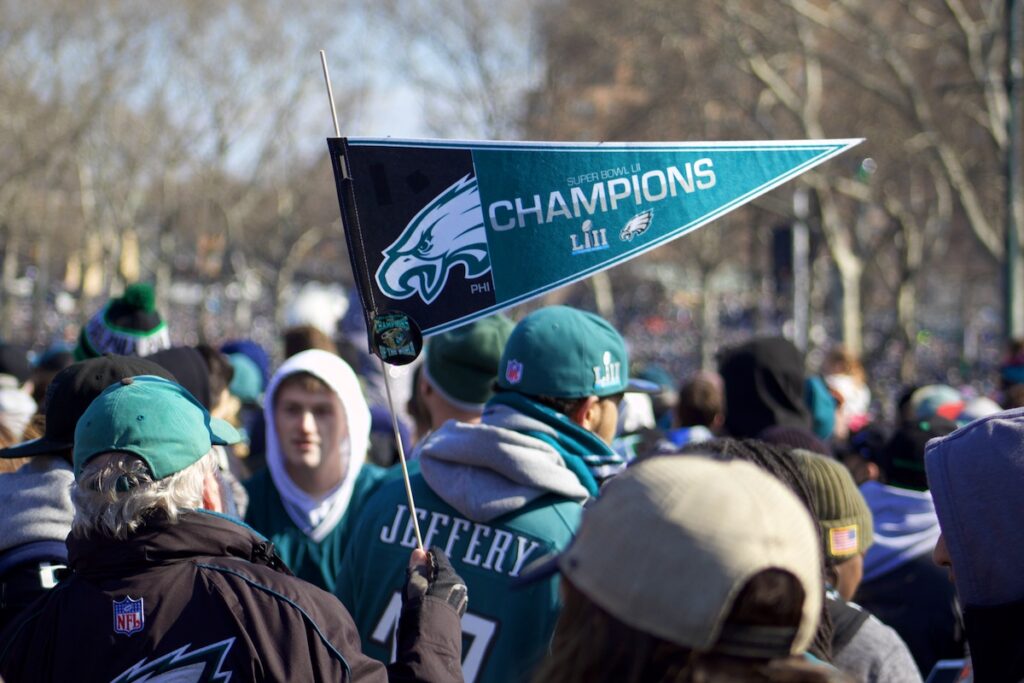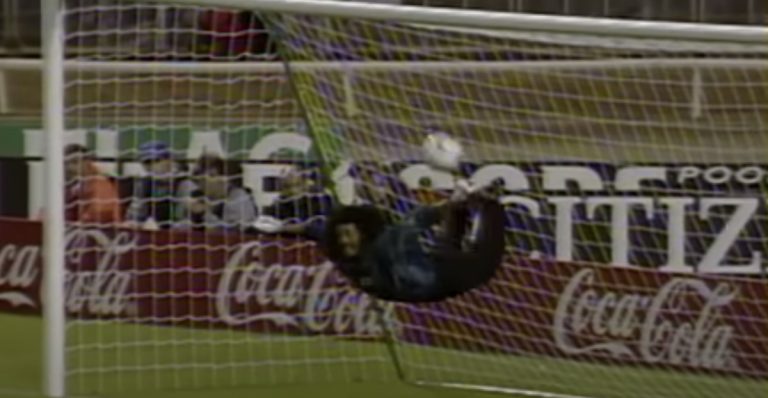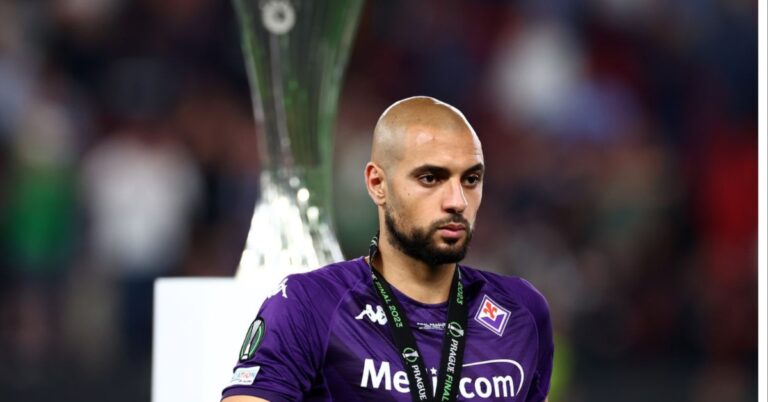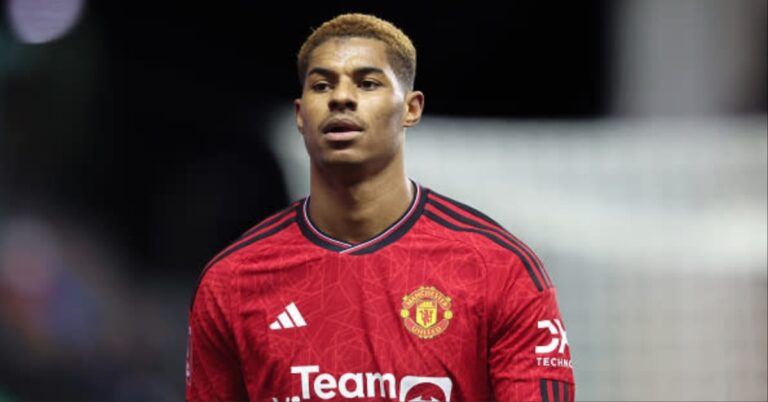UEFA Champions League Final vs. Super Bowl Sunday
Around the world, the UEFA Champions League Final is one of the most-watched sporting events. Typically, only global competitions feature similar levels of viewership and participation, from the Olympics to the FIFA World Cup.
However, there’s another annual sporting event that competes with the Champions League Final in terms of popularity and revenue: the US’s Super Bowl Sunday, which concludes the NFL season.
Back in 2015, the Super Bowl brought in 114 million viewers compared to the Champions League Final’s 380 million, according to Infographics. Unlike other domestic association soccer leagues, the Champions League follows a format similar to the NFL’s playoffs.
This makes for a wildly exciting finals match in which a single team earns the title as the greatest soccer club in the EU. Like the NFL’s Super Bowl, thousands of punters place wagers on the finals game. Still, compared to Super Bowl betting odds in the US, these lines aren’t nearly as varied—but why?
The answer is simple: the NFL’s Super Bowl Sunday is an all-out entertainment spectacle, where fans can wager on the halftime show, ads, and even broadcasters. Meanwhile, UEFA’s Champions League Final prioritizes the sport… at least, for now.
The Sunday Funday Package
As mentioned above, Super Bowl Sunday sees less than half the number of viewers as the UEFA Final, on average. But these numbers don’t communicate the higher level of engagement with the Super Bowl, nor the massive revenue from broadcasting rights.
According to the same Infographic cited above, the Super Bowl saw over triple the number of Tweets during the live game, while also bringing in double the revenue for the NFL related to broadcasting rights. These figures are largely due to the Super Bowl’s added entertainment.
Aside from a championship American football match, viewers are also treated to exclusive releases of commercials from leading global brands, from Apple to Jeep to Rakuten. Meanwhile, the NFL also contracts global superstars to perform at halftime.
Obviously, there are huge corporations involved in creating a spectacle. Those who don’t watch for the football are likely there to watch commercials or catch the live show. Others might just be there because Sunday Funday has been packaged as a national holiday.

UEFA: Sport Over Spectacle
As the governing body of soccer around the world, FIFA is plenty motivated to center the UEFA Finals around the sport. Still, FIFA is a business—and one whose revenue challenges the NFL’s. Back in 2018, FIFA raked in $4.6 billion.
However, UEFA has slowly started to alter its Finals formula. Last year, the halftime show was a virtual event from electronic artist Marshmello, which introduced viewers to a flashy new type of concert. The year before, Dua Lipa graced the stage at halftime.
Still, not all fans are convinced the spectacle is necessary. In fact, when the Black Eyed Peas performed back in 2017, some were concerned that the on-field setup might alter the pitch, thus compromising the integrity of the game. Others felt it was unnecessary commercialization of the game.
A Shift Toward Showmanship
Despite early pushback from some fans, UEFA continues to develop its halftime performance. UEFA’s Marketing Director, Guy-Laurent Epstein, said the push for halftime shows is about expanding the game’s market reach and also reinvigorating fan engagement.
Given UEFA spans a continent, music and the arts are a key way to unite fans that might be coming from very different areas of the continent. Performances are a way to celebrate diversity and highlight the sport’s cross-cultural relevance.
Still, UEFA faces an uphill battle. While many American fans are raising their brows at the growing number of ads allowed to be printed on uniforms (in the NBA), European soccer fans are likely to do the same for a huge commercial push during halftime in a UEFA Finals game.
In other words, there are different perceptions related to advertising in sports, defining what’s acceptable and what’s not. At the moment, these customs in North America and the EU are evolving—though it does seem that UEFA is slowly adopting a more Americanized formula.






